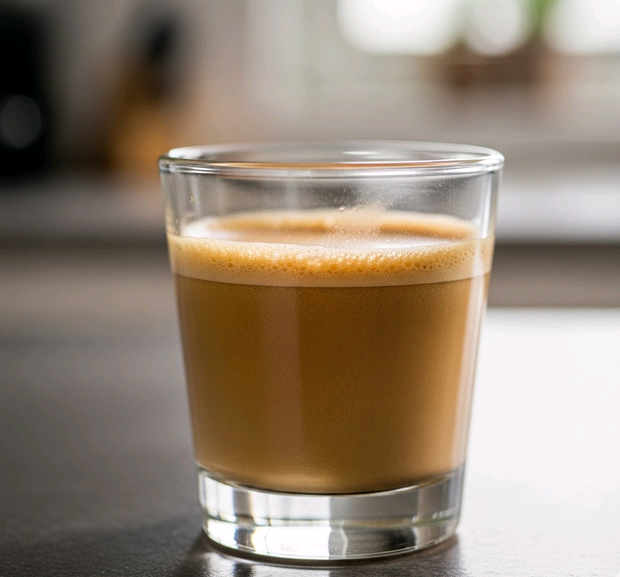How Your Espresso Shot Turns Out Sour (And How to Fix It!)

FAQs
What if coffee grind size is too sour?
Your coffee is sour if it’s underextracted, and the most common reason is that your grind size is too coarse. Water flows through too fast, extracting only the early acidic compounds. Grind your coffee more finely.
Why is my espresso shot too sour?
Your espresso shot is too sour primarily due to underextraction. This is usually caused by:
- Grind is too coarse: Water passes through too fast.
- Brewing temperature is too low: Not enough heat to extract the flavors.
- Dose is too low: Not enough coffee to create resistance.
- Shot time is too short / Yield is too high: Not enough contact time.
- Channeling: Uneven water flow through the coffee puck.
How to adjust grind if espresso is too bitter?
Your espresso shot is too bitter, it’s overextracted. This is most likely because your grind is too fine. Too much surface area or resistance means too many bitter compounds are dissolved. The Fix: Make your grind coarser.
How to make your espresso not sour?
To prevent sour espresso (underextraction):
- Grind finer: This decreases shot speed.
- Use more coffee: More coffee offers more resistance.
- Raise brewing temperature: More heat facilitates extraction.
- Lengthen shot time: Try for 25-30 seconds for a normal shot.
- Prepare puck better: Make sure there is even distribution and tamping to prevent channeling.
How to correct sourness in coffee?
For any brewing method, sourness indicates underextraction. To adjust:
- Grind finer: This is almost always the first adjustment.
- Water temperature higher: Ensure water is sufficiently hot (e.g., 195-205°F / 90-96°C).
- Longer brew time: Allow coffee and water to have more contact time.
- Coffee-to-water ratio adjustment: Ensure you are using enough coffee for the amount of water.
How to fix a bitter espresso shot?
To fix a bitter espresso shot (overextraction):
- Grind coarser: Reduce surface area and resistance.
- Reduce your coffee dose: Less coffee to overextract.
- Lower brewing temperature: Lower heat extracts fewer bitter compounds.
- Shorten shot time / Reduce yield: End the shot earlier.
- Improve puck preparation: Prevent channeling, a cause of localized overextraction.
How to minimize the acidity of an espresso shot?
To minimize the acidity of an espresso shot, first differentiate between inherent acidity (light roasts) and sourness from underextraction.
- If sour (underextracted): Take steps to remedy underextraction (grind finer, hotter temperature, etc.).
- If naturally acidic (and well-extracted): Attempt a slightly darker roast coffee, or employ a higher brewing temperature and longer extraction ratio to bring out more sweetness and balance.
How to reduce coffee acidity?
To reduce brewed coffee acidity (both inherent acidity and sourness):
- Select darker roasts: These tend to have less inherent acidity.
- Grind coarser: For underextracted (sour) coffee, this is incorrect; for reducing inherent acidity from a well-extracted coffee, ensure that you’re not underextracting. For cold brew, which is lower in acidity by nature, a coarser grind is normal.
- Lower brew temperature slightly: (If not already underextracting).
- Use some brewing methods: Cold brew reduces acidity considerably.
- Add milk or cream: Dairy neutralizes some acidity.
Why is my coffee grind sour or bitter?
Your coffee grind itself isn’t sour or bitter; it’s the degree of extraction that has been impacted by that grind that produces the final flavor.
- Too coarse a grind leads to sour (underextracted) coffee.
- Too fine a grind leads to bitter (overextracted) coffee.
The grind determines how well water interacts with the coffee particles.
Is it okay to drink sour coffee?
Yes, it is completely fine to drink sour coffee. The sourness is an indication that the coffee is underextracted and simply doesn’t taste good or as wanted. It’s a flavor defect, not a health hazard.
